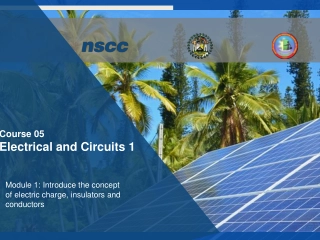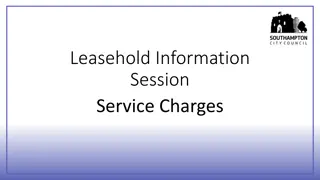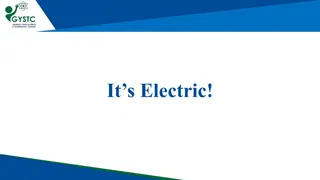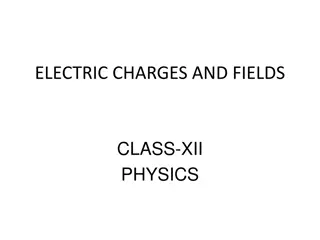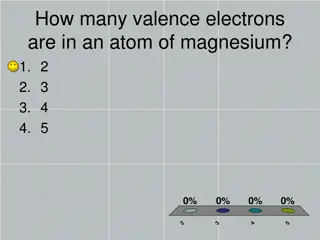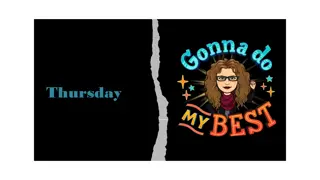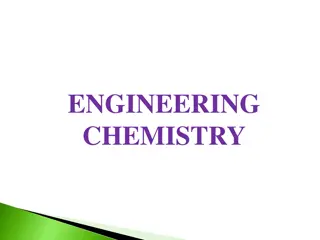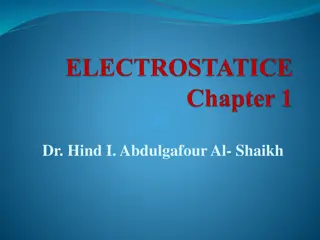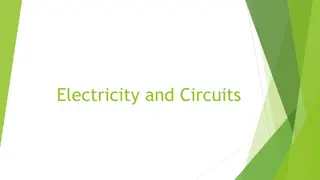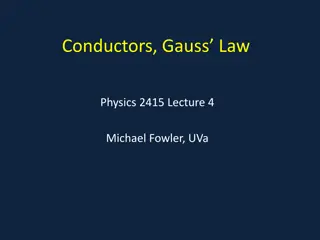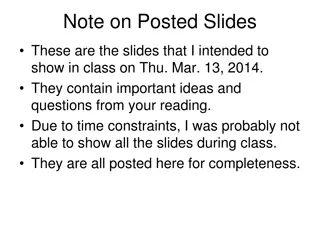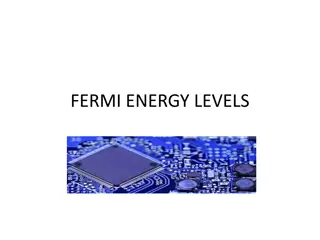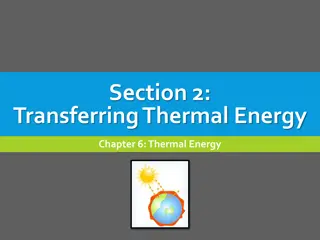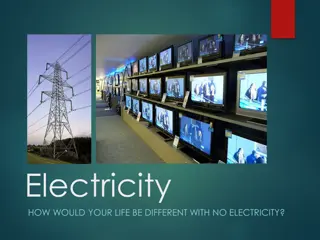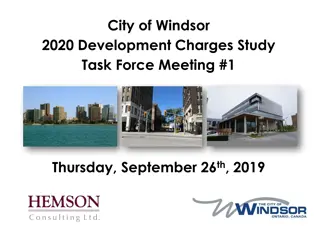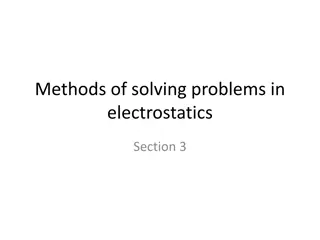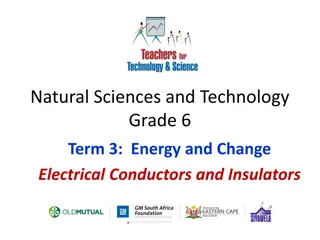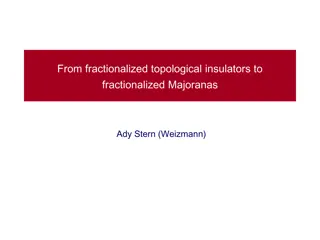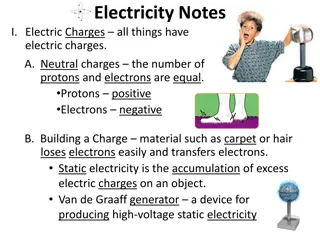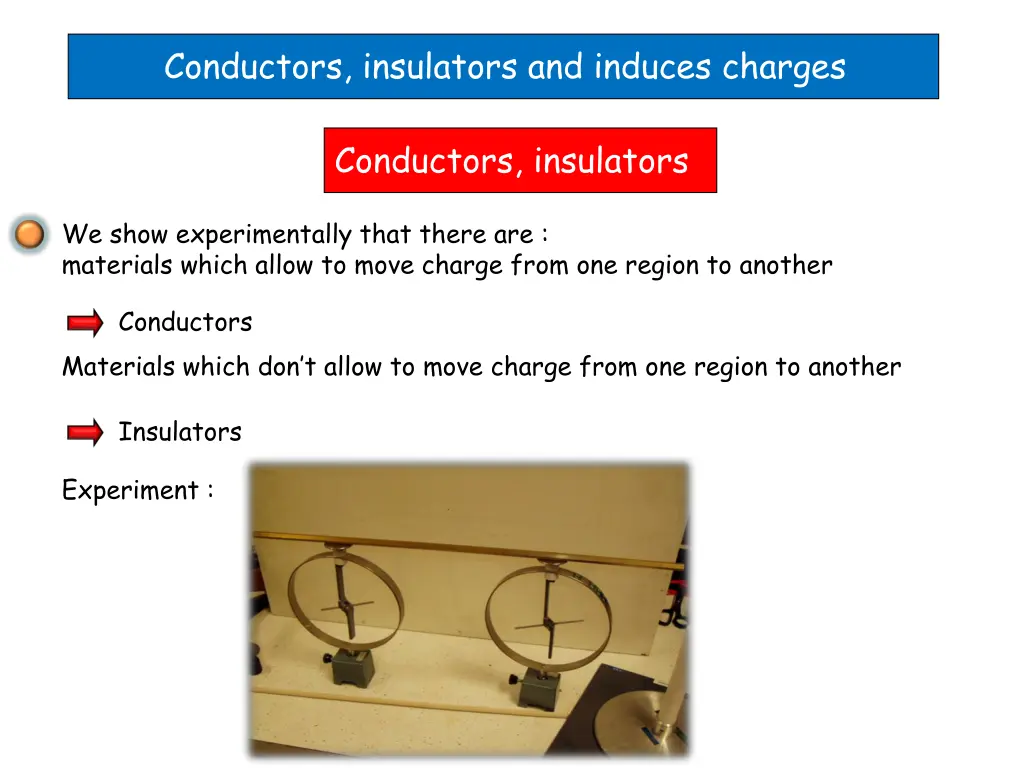
Understanding Conductors, Insulators, and Induced Charges
Explore the concepts of conductors and insulators through experiments demonstrating materials that can and cannot move charge. Discover why metals are good conductors and how induction of charge explains observations. Test your knowledge with a clicker question on charge distribution in conducting spheres.
Download Presentation

Please find below an Image/Link to download the presentation.
The content on the website is provided AS IS for your information and personal use only. It may not be sold, licensed, or shared on other websites without obtaining consent from the author. If you encounter any issues during the download, it is possible that the publisher has removed the file from their server.
You are allowed to download the files provided on this website for personal or commercial use, subject to the condition that they are used lawfully. All files are the property of their respective owners.
The content on the website is provided AS IS for your information and personal use only. It may not be sold, licensed, or shared on other websites without obtaining consent from the author.
E N D
Presentation Transcript
Conductors, insulators and induces charges Conductors, insulators We show experimentally that there are : materials which allow to move charge from one region to another Conductors Materials which don t allow to move charge from one region to another Insulators Experiment :
An intuitive reason why metals are good conductors e.g. e- Li+ SEA OF MOBILE VALENCE ELECTRONS In semiconductors and insulators electrons are localized in directed chemical bonds
Induced charges Let s consider two distinct ways to charge a metal sphere: 1) Using conduction ----- - ----- 2) Using Induction - ++++ -- ----- ------ -- +
Induction of charge explains a couple of observations Lets reconsider the amber and paper piece experiment ----- - + - -F F -- - ++ + Pair of forces according to Newton s third law
Clicker question Two identical conducting spheres have charges of 2 C and 3 C 2 C 3 C They are brought into contact without charge leaking out into the environment If the spheres are then separated again, the distribution of charge on the spheres will be: 3 C 1) 2 C 2.5 C 2) 2.5 C 0 C 3) 5 C 5 C 4) 5 C

